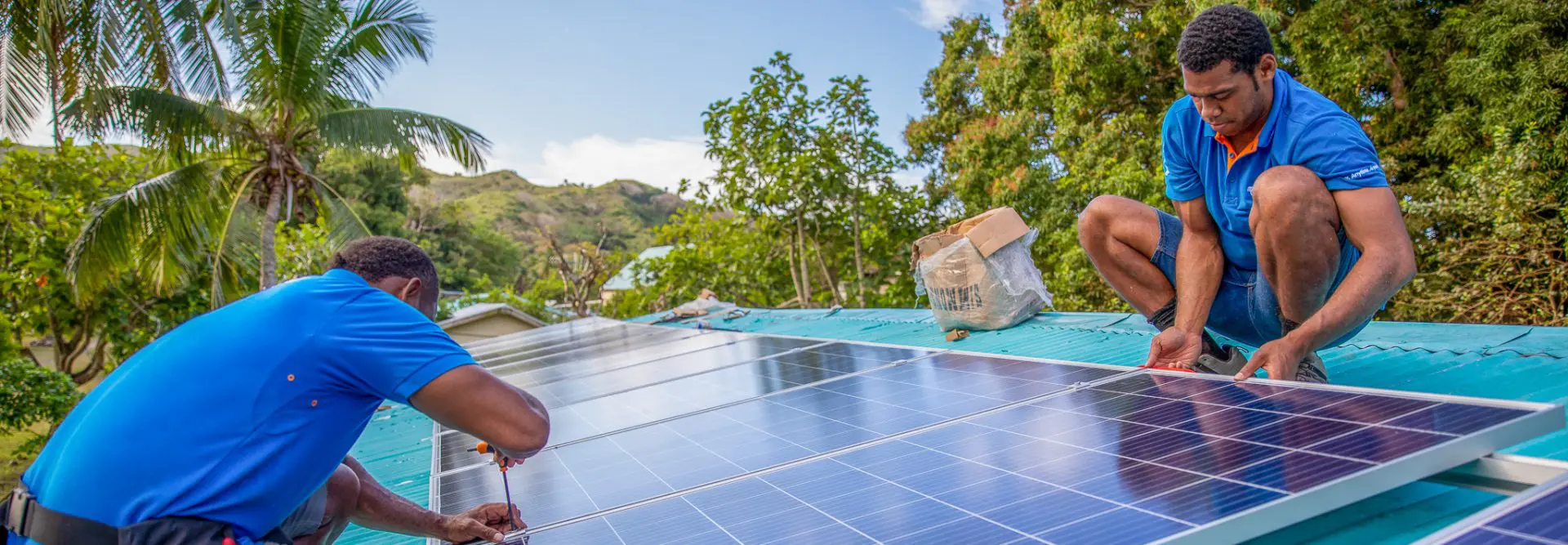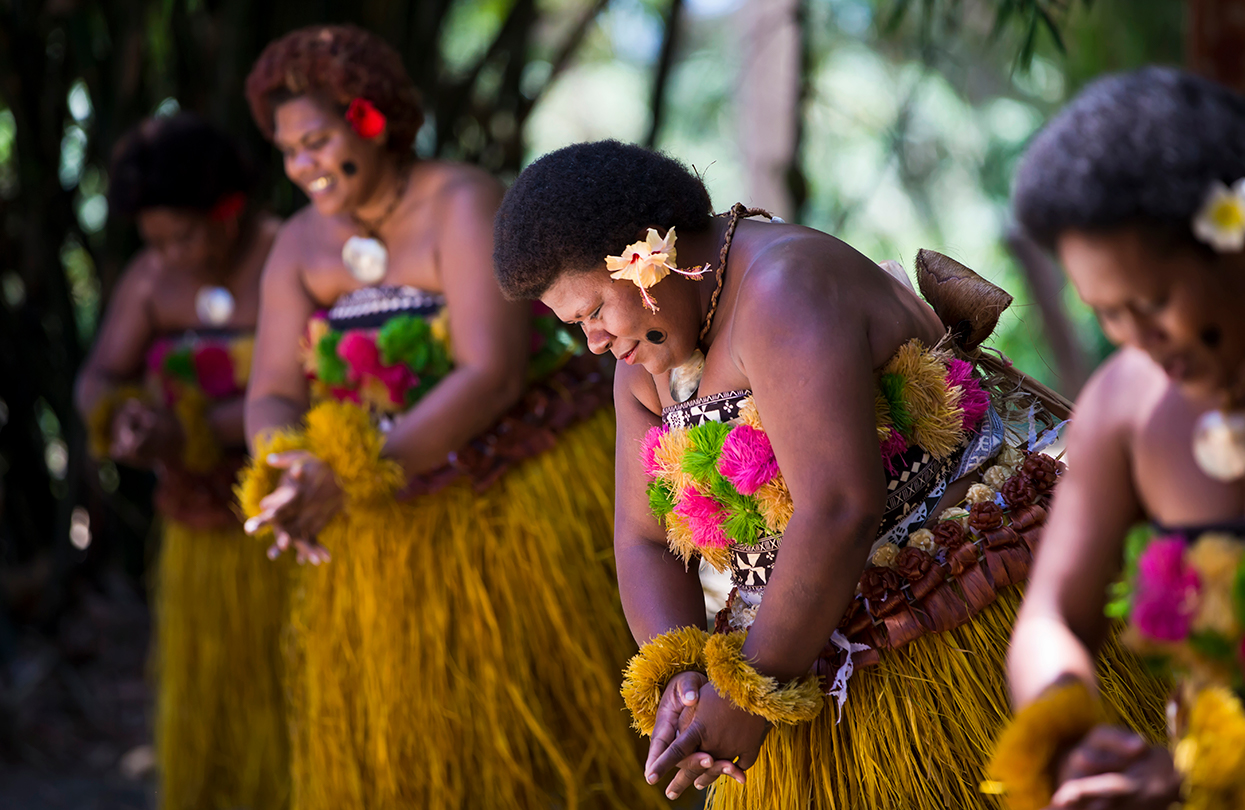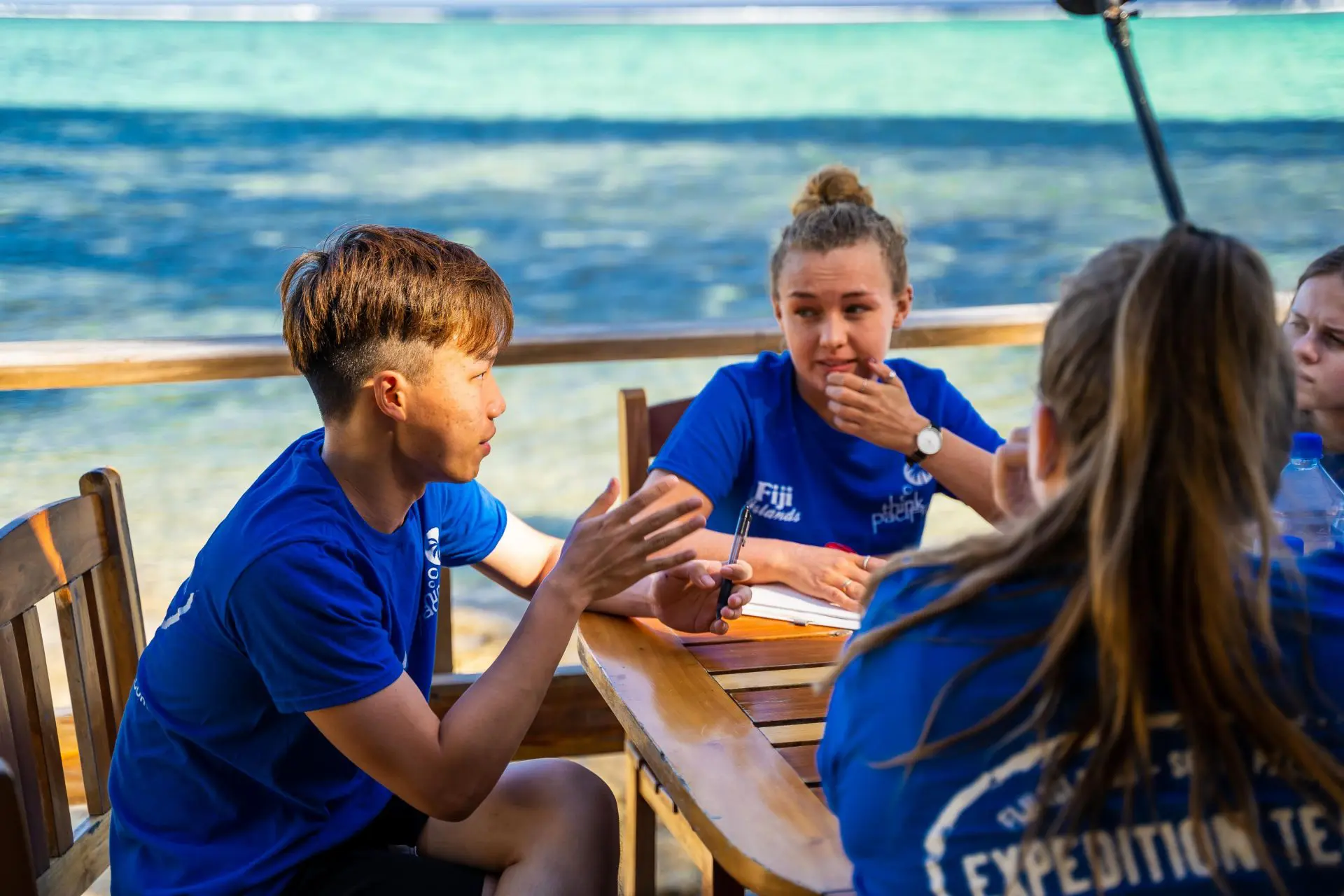Virtual Internship - Business & Enterprise
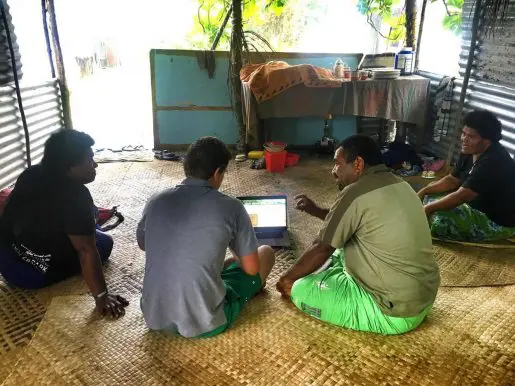
- Explore Fiji’s economy and discover rising and falling trends
- Discover the latest Fiji-specific facts, figures and research
- What can be done to increase Fiji’s economy?
- Consider the impact culture, identity and globalisation has on business
- Learn about the Fiji National Development Plan
- What is poverty, and how can it be eradicated in Fiji?
- Learn about Fiji’s main imports and exports, and worldwide market demands
- How can Fiji ensure that growth in GDP can happen sustainably?
- Choose your Action Project – Work to deliver your contribution
Module 1: The Fijian Economy
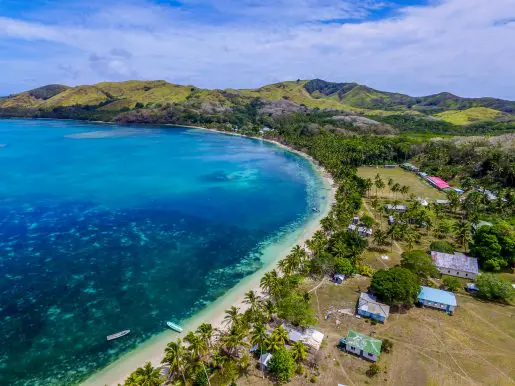
Fiji exists as an archipelago of over 330 islands in the South Pacific Ocean. Out of these islands around 110 are inhabited, with the majority of the population inhabiting the two large islands of Viti Levu and Vanua Levu.
This small island state is one of the remotest countries in the world. Fiji’s closest neighbours are New Zealand (2,000 km), Australia (3,000km) and the United States (5,000km).
The Fijian economy experienced relatively high growth during 2017-18, but economic activity slowed sharply in 2019 due to lower government spending, tighter domestic financial conditions, weak sentiment, and the synchronized global downswing. Growth is estimated to have reached about 1 percent in 2019, underpinned by resilient tourism and remittances (click here for full article). However, GDP is expected to fall 15% in 2020 due to Covid-19.
Fiji became an independent sovereign state in 1970, yet political instability within the nation has caused some economic unease. Four military coups since 1987 have affected its institutions and investor confidence. In 2014, elections were held for the first time since 2006, when the former military leader, Voreqe (Frank) Bainimarama, took over the nation. Bainimarama was then elected as Prime Minister for a four-year term under a post-coup constitution, and was since re-elected in 2018. Challenges remain but economic growth had returned until Covid-19 caused the nation to enter lockdown(*).
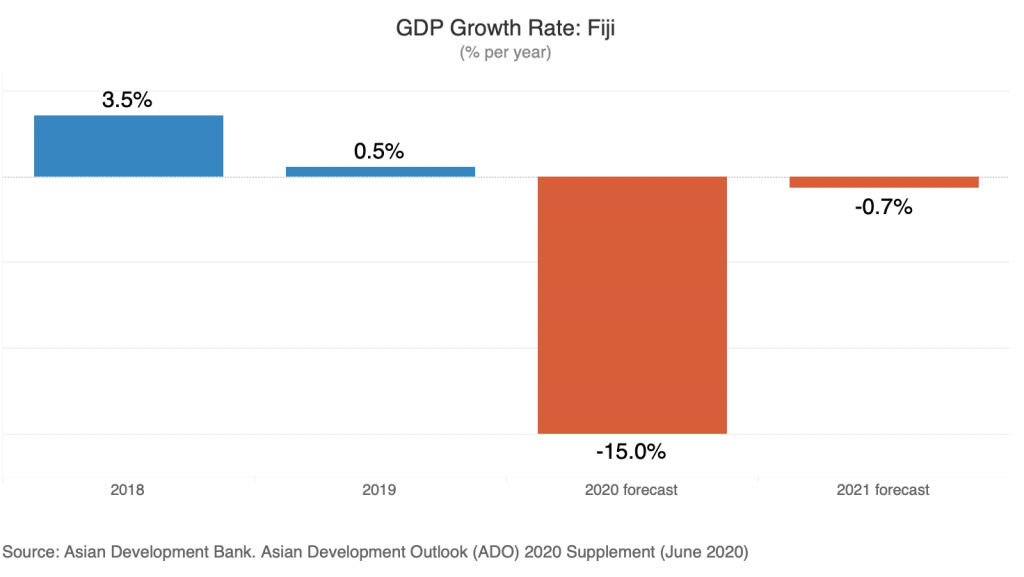
Provisional data from The Fiji Bureau of National Statistics showed a trade deficit amounted to $180.0 million in March 2020. This means that Fiji was importing more than it was exporting, as shown in the data below:
- Total imports $324.0 million
- Total exports $144.0 million (domestic and re-exports)
The top exports of Fiji are Water ($148M), Raw Sugar ($106M), Non-fillet Frozen Fish ($81.5M), Processed Fish ($68.7M) and Gold ($57.9M).
Fiji’s top imports are Refined Petroleum ($405M), Cars ($64.3M), Non-fillet Frozen Fish ($64.3M), Delivery Trucks ($64.2M) and Wheat ($44.1M).
Net official development assistance and official aid received in Fiji was reported at $111,110,001 USD in 2018, according to the World Bank collection of development indicators, compiled from officially recognized sources.
Foreign aid is the international transfer of capital, goods, or services from a country or international organization for the benefit of the recipient country or its population. Aid can be economic, military, or emergency humanitarian (e.g., aid given following natural disasters).
Whilst providing some benefit, the effectiveness of ‘aid’ has become under increased scrutiny in recent years. Worldwide, ‘developing’ countries receive around $2 trillion, including all aid, investment and income from abroad. But more than double that, $5 trillion, flows from developing to developed countries every year. Part of this flow includes ‘poor’ countries spending over $200 billion a year paying interest to foreign creditors, much of it on old loans which have been paid off many times over. It is estimated that for every dollar of aid that developing countries receive, they lose $24 in net outflows (source: Jason Hickel, the Divide).
Figures have shown that the receiving of foreign aid spurs economic growth. However, the relationship between economic growth and poverty reduction is weak, largely because the rural areas miss out as the ‘vast majority of aid projects are national in nature and based on urban areas.
As a result, Think Pacific predominantly works in the most rural and remote areas of Fiji, forming long-lasting, sustainable partnerships with villages and communities. From here, we area able to understand people’s hopes and dreams, and work collectively to ensure that future goals can be achieved and sustained.
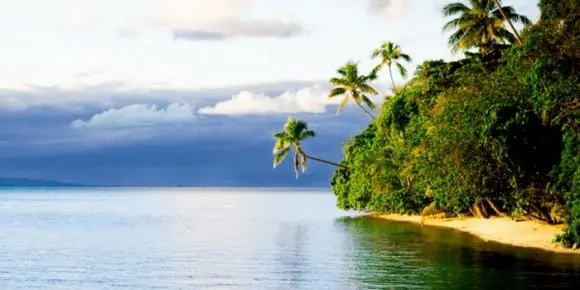
While extreme poverty is low in Fiji (only 4.5 percent of Fiji’s population live below the food poverty line of US$1.40 per day), 35.2 percent of the population live below the basic needs poverty line of US$3.10 per day), roughly corresponding to the bottom 40 percent. Basic needs urban poverty rates have come down between 2002/03 and 2008/09, but the decline in agricultural performance has kept rural poverty entrenched at 44 percent. The reorientation of the economy away from agriculture and toward urban services generated disproportionate income growth for the urban poor even as the economy stagnated.
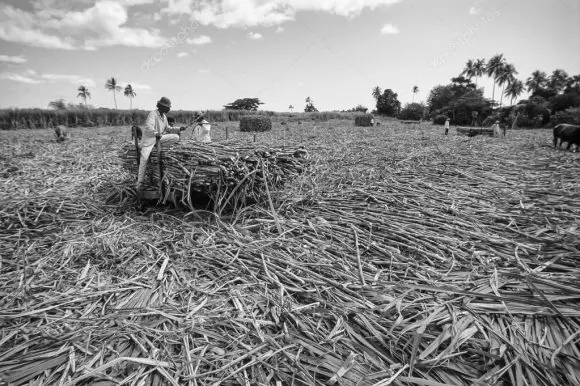
Fiji’s economy has reduced its reliance on sugar and garments while tourism has become the leading sector. Historically, sugar and garments were the backbone of the economy, but both are now undergoing structural decline due to the loss of preferential access to export markets. Over the past two decades, tourism has become the leading sector and currently accounts for about 38 percent of GDP. However, the reorientation of the economy has not been occurring at a rapid enough speed to provide adequate economic opportunities for Fijians – notably for the 20 percent (mostly Indo-Fijian) who are still reliant on sugar production for income and employment. Lack of job opportunities has led many Fijians to migrate and worker remittances are significant, contributing around 4-5 percent of GDP .
Module 2: Fiji's Unique Businesses
Coconut trees, white-sand beaches and smiling people.. Fiji is a tourist’s dream!
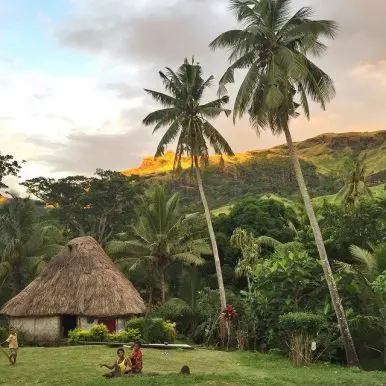
Tourism contributes nearly 40% to Fiji’s gross domestic product (GDP) – about FJ$2bn (AU$1.4bn) – and directly or indirectly employs over 150,000 people in various industries. In 2019, Fiji had more tourists coming into the country (894,000) than residents living in it (roughly 880,000). The bulk of its tourists come from nearby Australia (41%) and New Zealand (23%).
Fiji Airways, the country’s national airline, has grounded 95% of flights amid travel restrictions and border closures around the world and the Fiji Hotel and Tourism Association (FHTA) says a staggering 279 hotels and resorts have closed since the outbreak reached Fiji, causing more than 25,000 to lose their jobs, particularly in the western part of the country’s main island, the hub of the industry and the gateway to many resort islands.
The knock-on effect of these job cuts will be enormous. Many of those employed in the tourism sector support dependents in a country where the wages are low, cost of living is high, and government support is minimal.
Emerging Markets
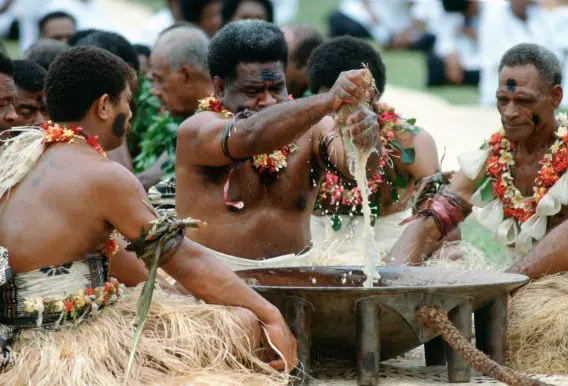
Known in Fijian as yaqona, or by its colonial nickname “grog,” kava is a muddy, earthy beverage that calms you and numbs your mouth and throat. If you drink enough, you’ll feel a mild buzz, as well as feeling chilled and relaxed. Kava is made from the powdered root of a pepper tree called ‘piper methysticum’ and is served in a ‘bilo’ (half a coconut). Traditionally, Kava was only drunk on special occasions by the Chiefs, however, today is drunk socially around the country.
Kava has recently developed huge export potential for Fiji, with kava exports nearly doubling from F$8.8million in 2015 to F$15.7million in 2017.
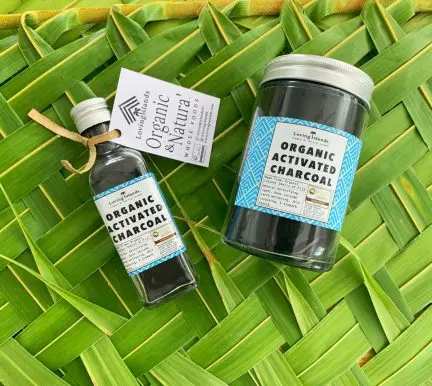
In recent years, there has been a drive to create more ‘value-added’ products in Fiji, as opposed to only selling fresh produce. This is for a number of factors, including an increased sales price. For example, rather than selling 20 fresh coconuts for 50c each (totaling $10) to a market, producers could produce virgin coconut oil, where 20 coconuts could make 1 litre and sell for $20. This approach to business can be seen by Bula Batiki and Loving Islands.
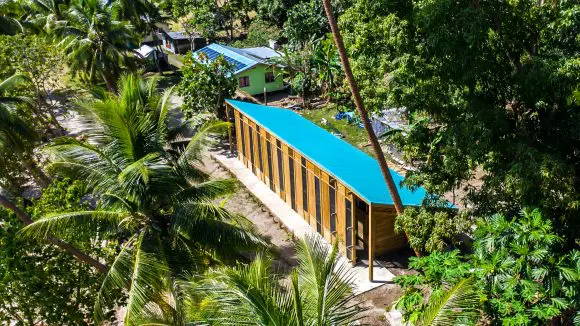
The are a number of challenges that come with trying to create a value-added product, such as:
- Lack of capital to build required infrastructure, such as a factory.
- Increased labour force, potentially increasing costs.
- Highly skilled staff team have to learn additional tasks.
- Detailed knowledge of advanced processes in order to create finished products.
- Additional certification and documentation is required compared to fresh goods.
Module 3: Challenges of Fijian Business
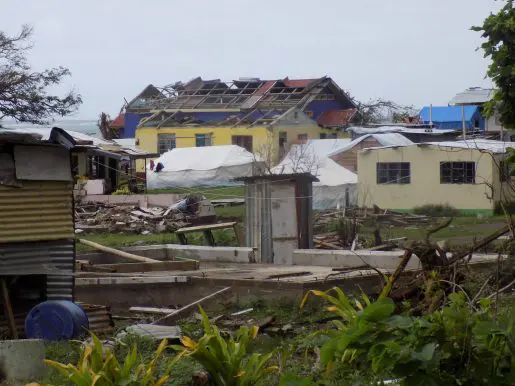
Fiji is located on a tropical cyclone belt, and as a result, the country is hit by one cyclone each year (on average). In 2016 Cyclone Winston devastated the country causing damage of F$2 billion, or 25 percent of GDP. Fiji is extremely vulnerable to the effects of climate change, and consequently, losses of 2.5% of GDP are expected annually.
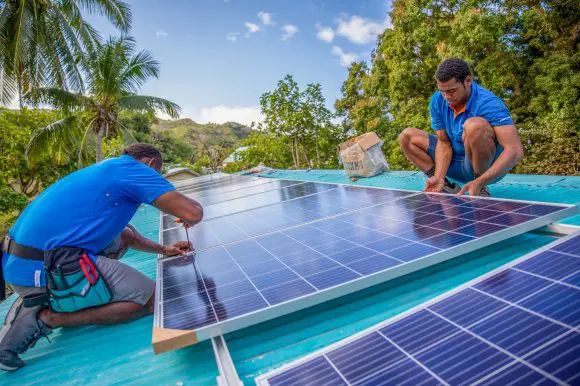
By 2050, Fiji’s annual losses due to extreme weather events could reach 6.5 percent of GDP because of the impact of climate change, with more than 32,000 people pushed into hardship every year, according to a significant new climate vulnerability study launched today at COP23 in Bonn, Germany. An estimated FJ$9.3 billion (US$4.5 billion) over ten years – almost equivalent to 100 percent of the country’s GDP for one year – is needed to build the resilience and capacity to adapt to climate change.
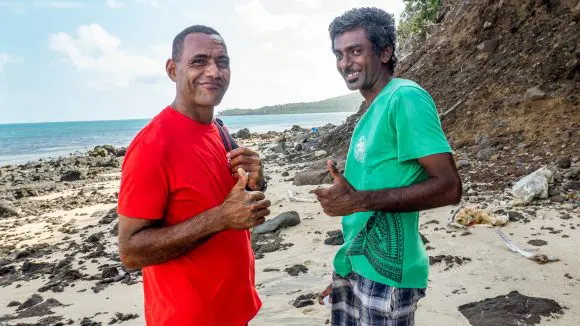
According to the 2007 census, just under 60% of Fiji’s population are indigenous Fijians, and just under 40% are Indo-Fijian. Between 1879 and 1916 the British transported over 60,000 Indians to Fiji to work on the islands’ sugar cane plantations. A significant population of Indo-Fijian subsequently grew from these initial laborers.
The most recent evidence is that 90% of Fijian households are better off than 90% of Indo-Fijians; yet the majority of the top 10% in the business sector are Indo-Fijian .
The average Fijian household income has grown far more than the average Indo-Fijian household income between 1991 and 2002, and is now higher for Fijian than Inso-Fijian families.
A small number of Indo-Fijians can be defined as wealthy or engaged in business enterprises, but the majority of Indo-Fijians are workers and peasant farmers, and also include the poorest of the poor in the country. Indo-Fijian tenant farmers rely on leased agricultural land and since 1999 many of these leases have not been renewed, or are on the point of expiring, resulting in the lease-holders being displaced. As a result, Indo-Fijians are among the largest category of landless people in Fiji.
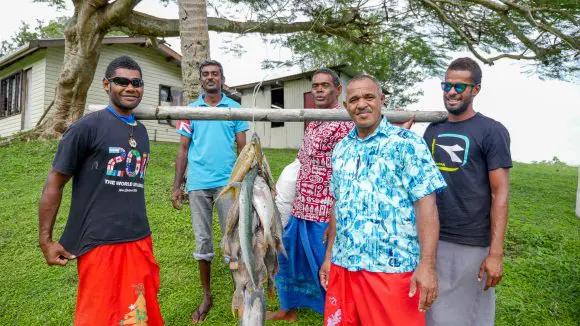
‘Kerekere’ is articulated as a way of requesting goods or services from a relative, and this custom of requesting goods or services can be found all throughout the Pacific. Kerekere means that nobody in the community is left behind, and ensures that everyone’s basic needs are met.
However, kerekere has also been blamed for a lot of economic challenges faced by indigenous communities. In business terms, relatives of a successful business person may ‘kerekere’ a lot of good/services upon seeing their achievement, which may in turn cause the downfall of the business. For example, if a shopkeeper is experiencing an increase in sales, relatives may ask for certain products for free. It can be very rude in Fijian culture to say no or to reject the request, and so there can be occasions where the shopkeeper loses income and the successful business then becomes a challenging one.
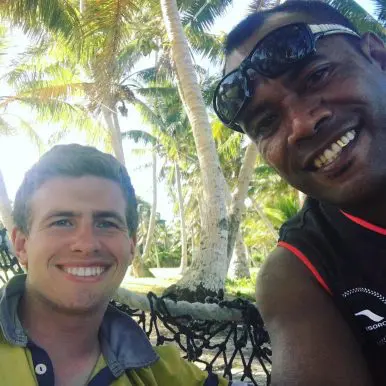
As Te mentions in the video above, Fijians have been working together for millennia. However, with the increase in individual rights in recent times, some Fijians are wanting to run individual businesses, having been let down by the community leaders. This leaves a huge unanswered (and perhaps unanswerable) question – which is most suitable, working together in a community business or working individually on a business?
Increasingly over the recent years, there has been an increase in the number of Fijian’s going to work overseas in countries such as Australia. Whilst some individuals on the scheme have demonstrated success, others have questioned the true impact that this employment has.
With Australia’s minimum wage being more than 10x the Fijian minimum wage, even Fiji’s high-skilled workers are leaving to work in low-skilled roles overseas, resulting in a depleting work force back in the islands.
Some that leave for Australia face troubling times, such as in the video below.
Another example of Fiji’s brain drain can be seen within their rugby players. Many Fijian children grow up with the ambition of playing professional rugby, however, as there are no professional competitions within the Pacific, players have to move overseas in order to receive a salary. This means that the best players leave the islands, making it very difficult for Fiji to keep hold of their world-class athletes.
The Fiji Rugby team is also a major boost to tourism, with the national 7’s team in particular putting Fiji on the map. However, recent events involving the Fiji Rugby Union are leaving them struggling for sponsors.
It is estimated that $100m in remittances are sent to Fiji every year from Fijian professional sports people playing overseas.

